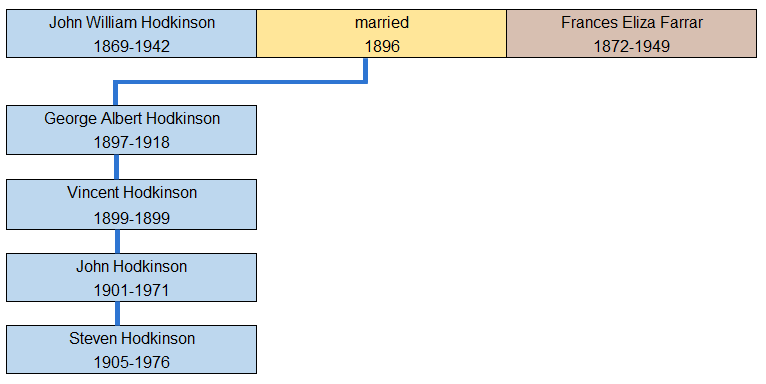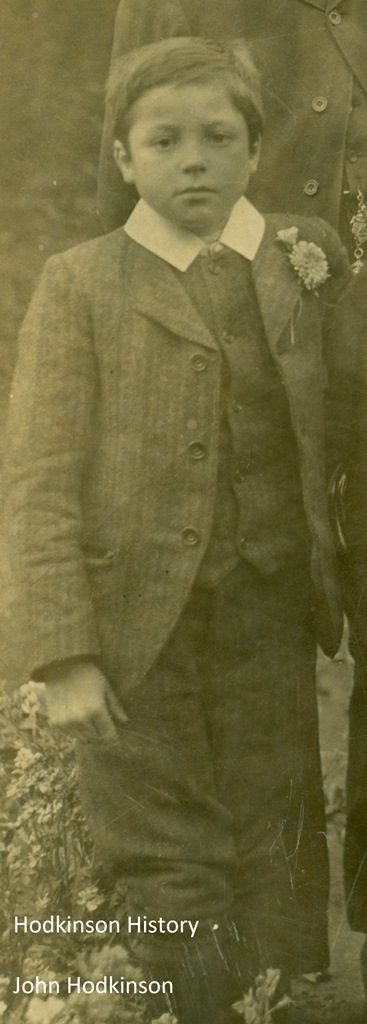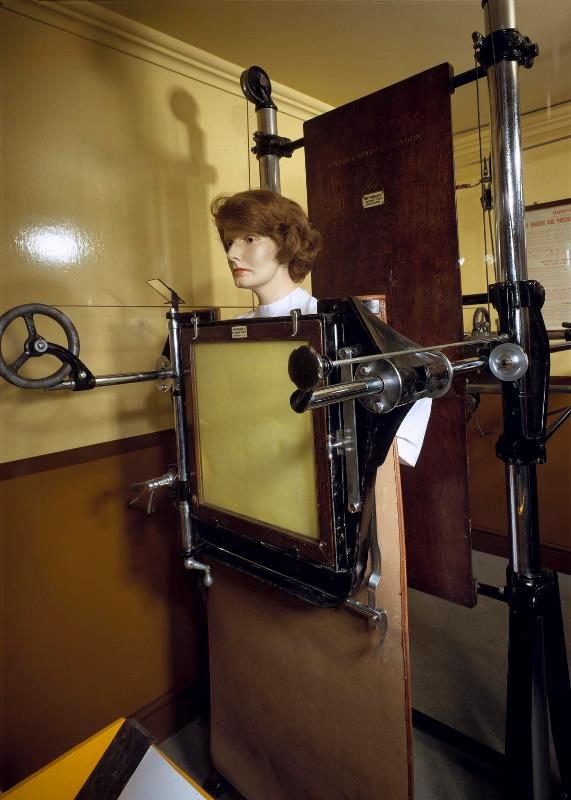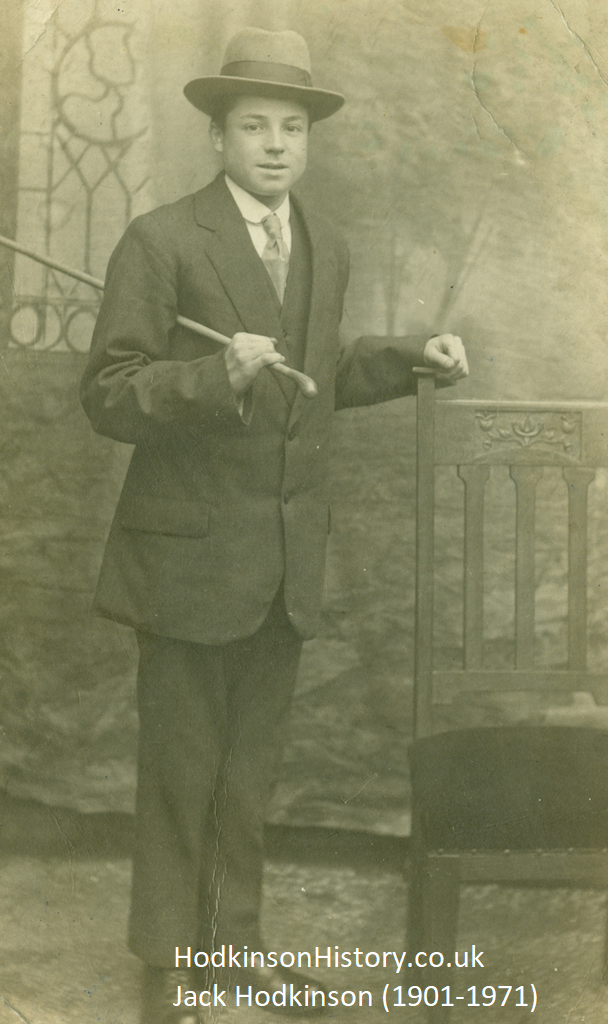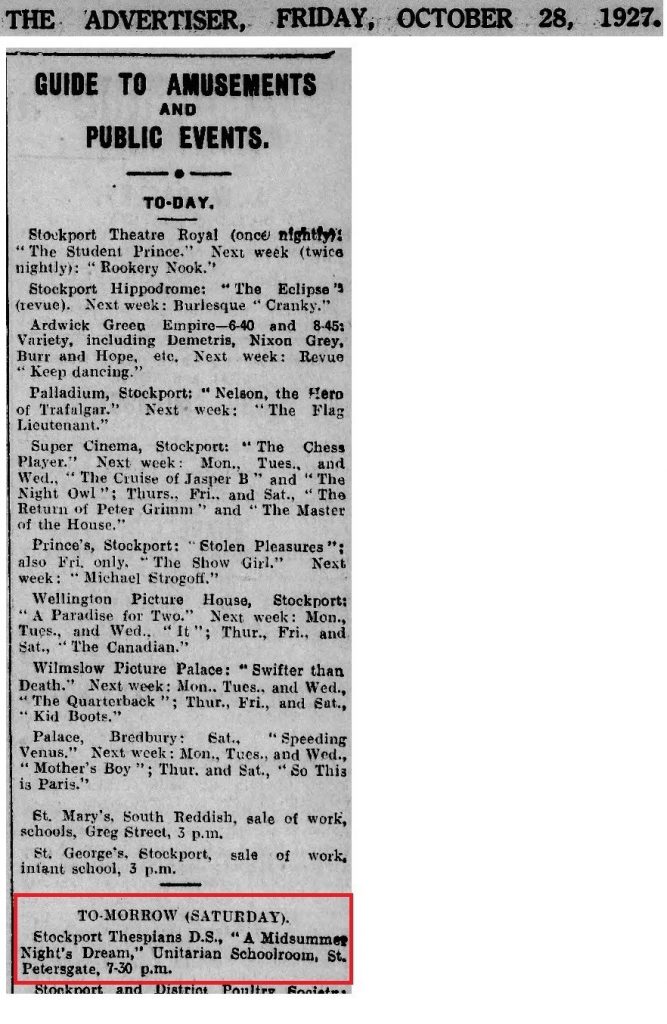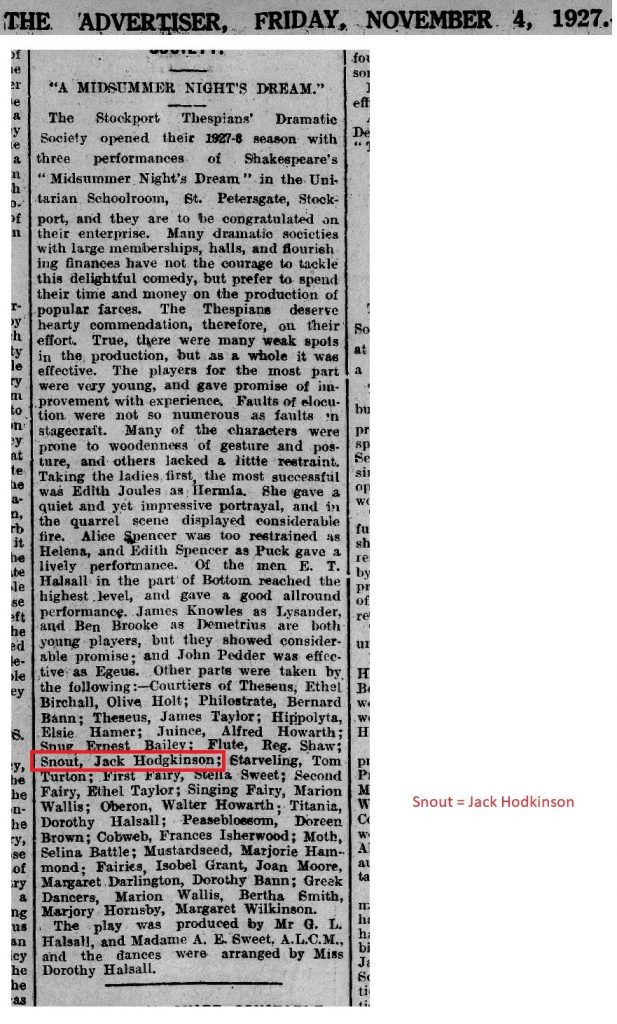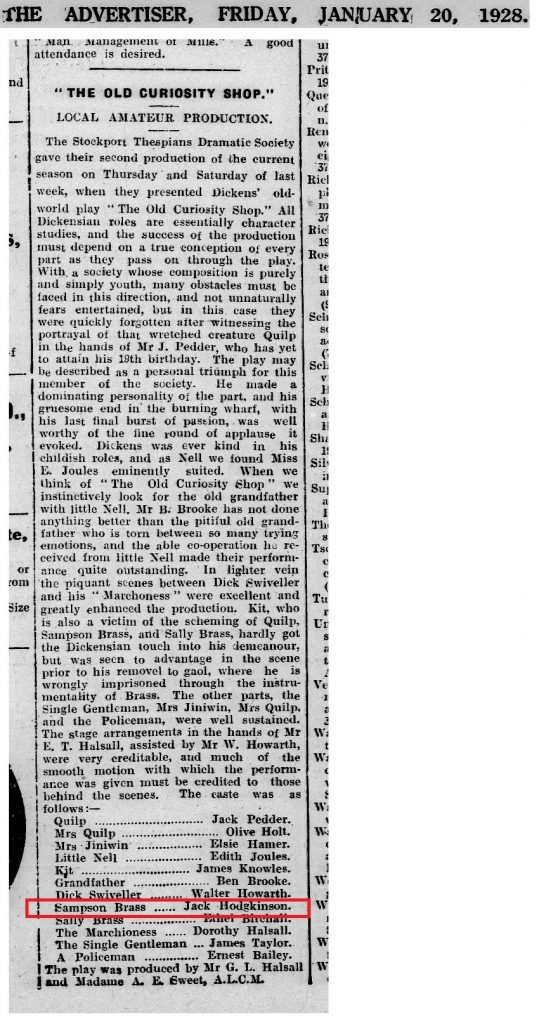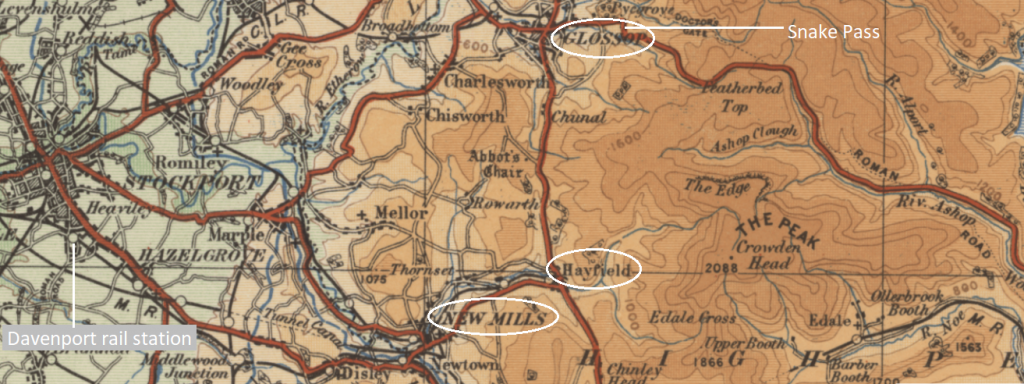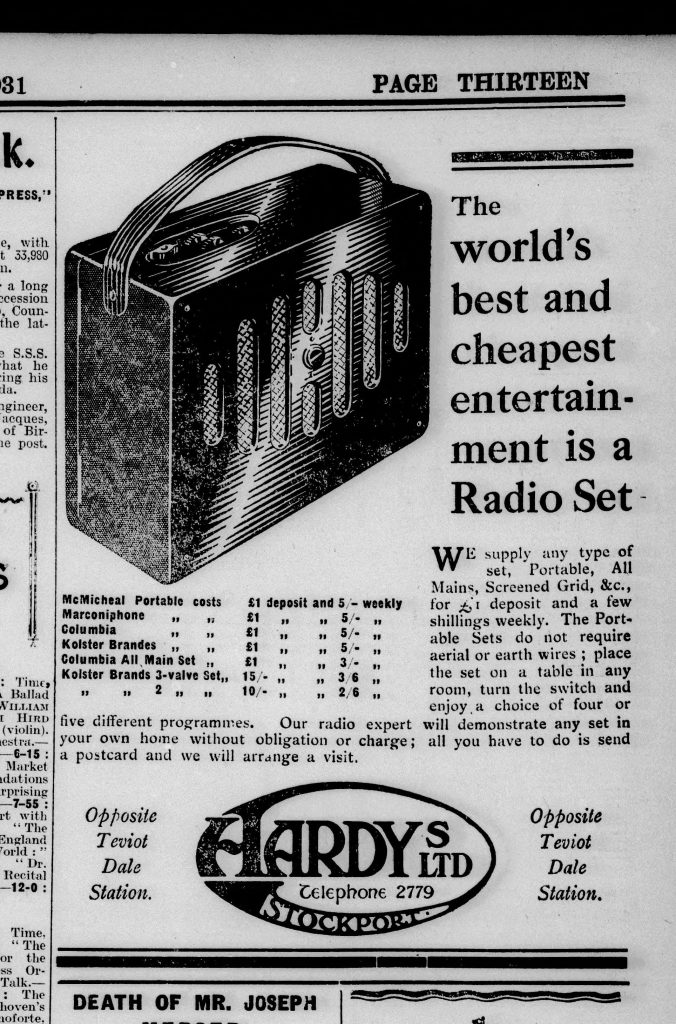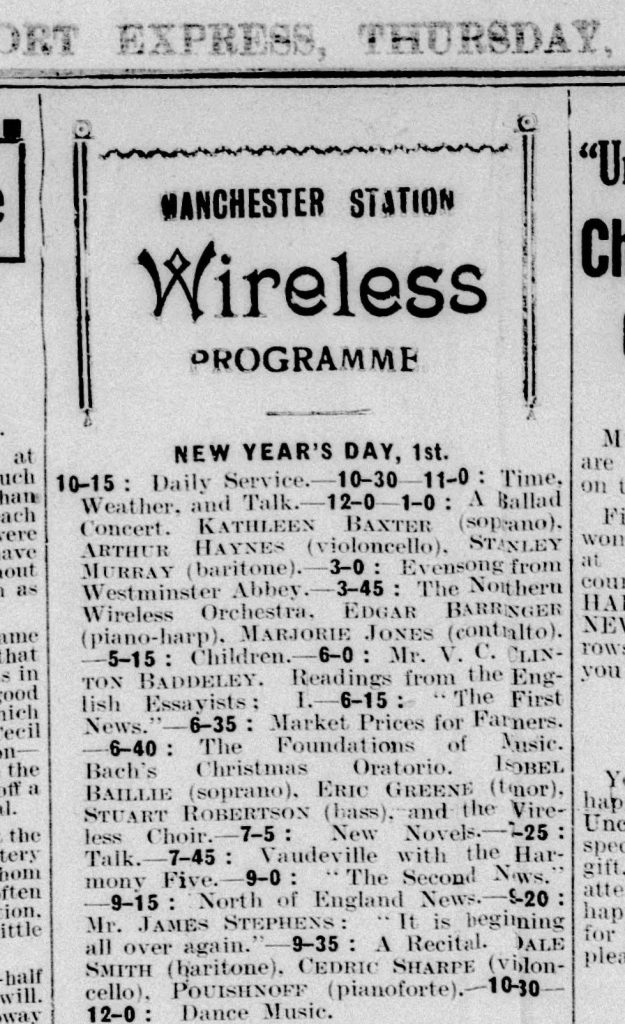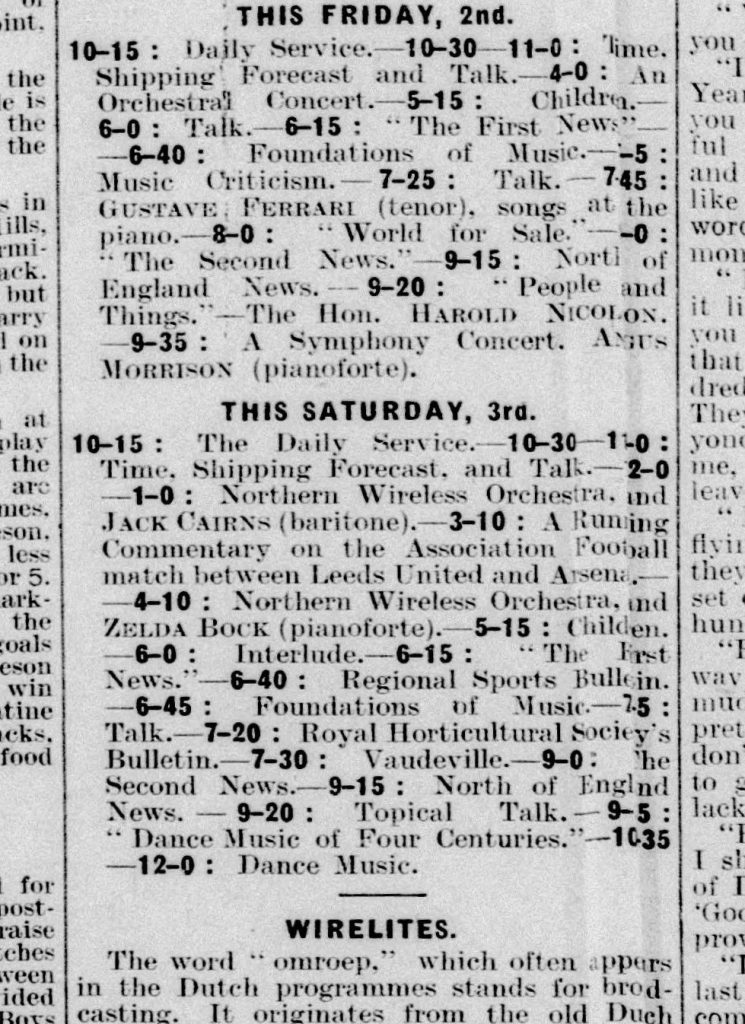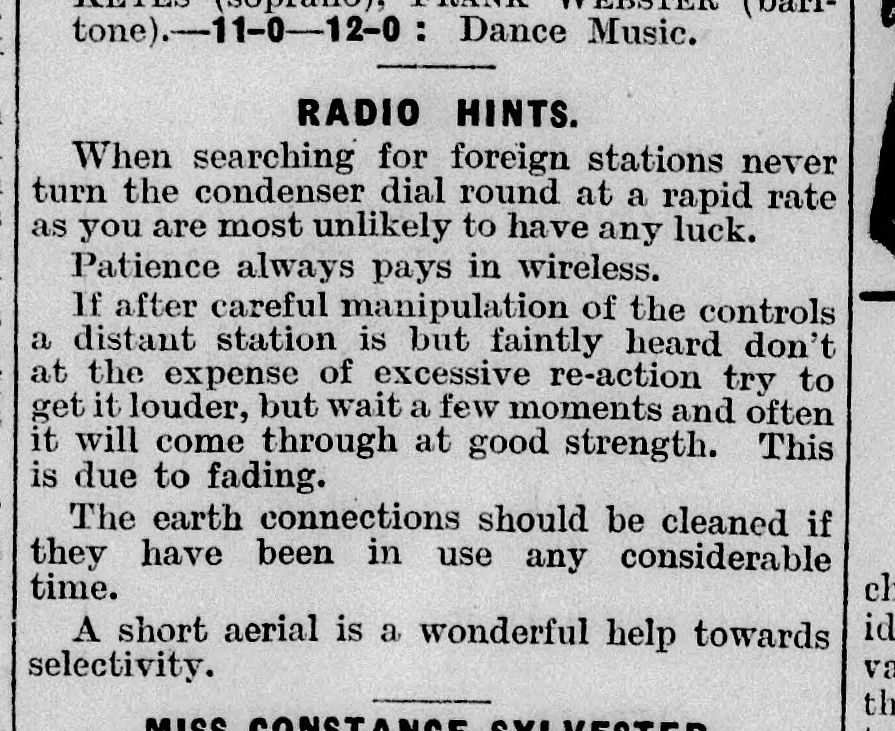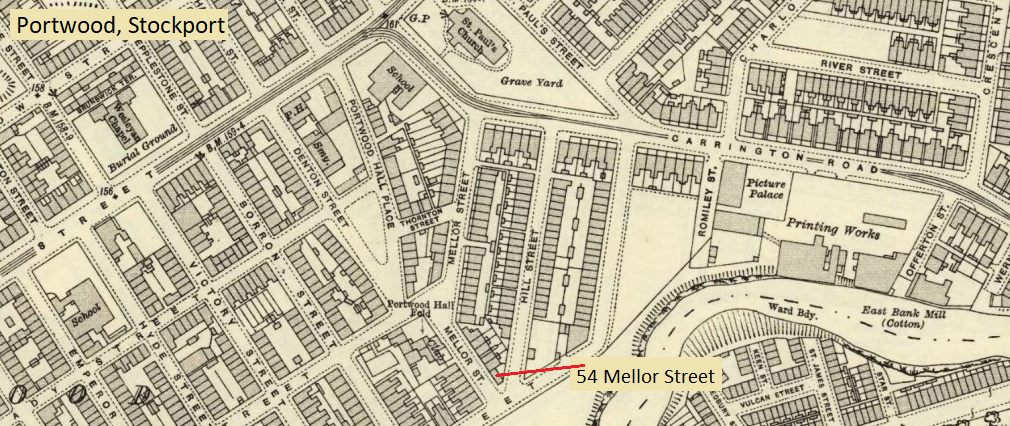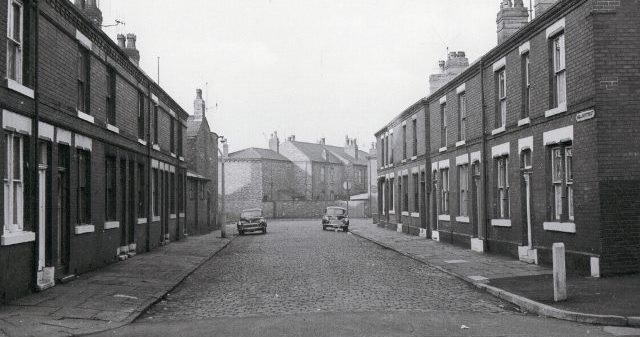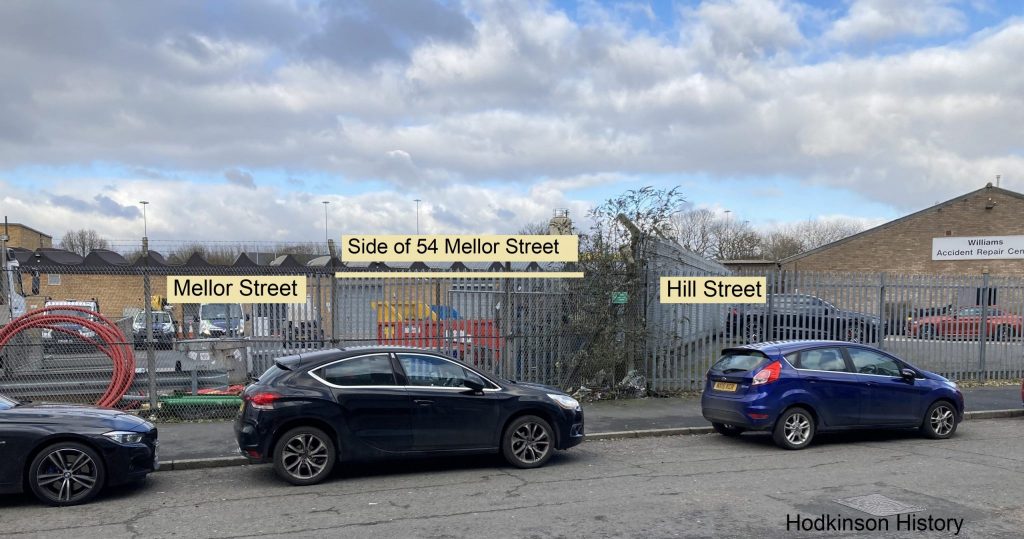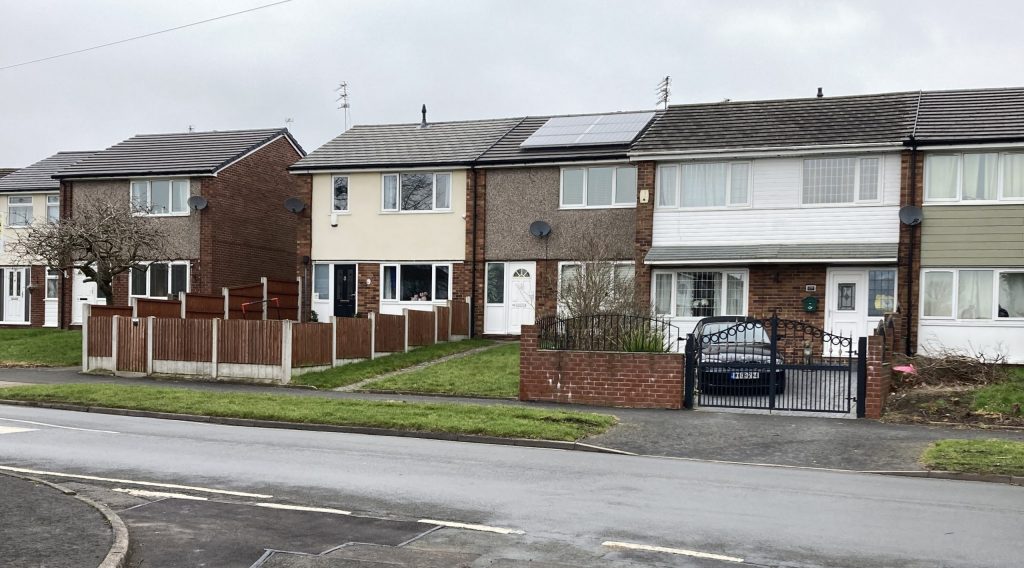1901-1971 John (Jack) Hodkinson
John Hodkinson1
- Born: Monday, 1st July 1901
- Married: Sunday, 23rd December 1939 (age 38)
- No children
- Died: Wednesday, 31st March 1971 (age 69)
Jack Hodkinson's birth and early life
Towards the end of the 1950s, John (Jack) Hodkinson answered a knock at the door of his home in Portwood, Stockport, to find that the caller was his brother and his two young sons. The younger of the two remembers a living room which was lit by a gas ceiling light, and also has a very vague memory of Jack's wife.
The recollections above have been passed on to me, but, apart from them, there are no other living memories – or “handed-down” memories – about Jack, bearing in mind that he lived to 1971. Still, there are the “usual” records to be researched which include birth, marriage and death certificates, electoral register, wills, and census returns. There are also some non-official documents including a few entries about Jack in the diaries kept by his brother.
Jack Hodkinson’s father was John William Hodkinson (1869-1943), a determined individual who had a good, well-paid and respected job as a core maker. His son, Jack, was the third of four boys born to him and wife Frances Eliza Hodkinson (nee Farrar) and saw the light of the day (as that wonderful phrase goes!) on Monday, 1st July 1901.
The Hodkinson family was then living at 56 Ardern Field Street in Stockport. Besides his parents, the house was occupied also by George Albert Hodkinson who was born in 1897. Vincent Hodkinson, the second boy in the family, died in 1899, just over two months old. Conveniently (or maybe not!), the Hodkinson family’s nearest relatives lived next door, at 54 Ardern Field Street, where could be found John’s step-grandfather, George Albert Kenyon; his grandmother, Sarah Ellen Kenyon; and half-uncle James Henry Kenyon and half-aunt Hannah Kenyon. The Hodkinson family moved a number of times after Jack’s birth; by about 1911 their home was at 61 Adswood Lane West, Stockport, where various members of the family lived until 1959.
As yet, there is no information about where Jack went to school. However, bearing in mind that when the family lived in Adswood Lane West, brother George Albert Hodkinson went to Cale Green Elementary School, then it is likely that Jack attended the same school.
Jack Hodkinson leaves home ... eventually
In about 1932, Jack left the family home at 61 Adswood Lane West, Stockport. This made sense! The house had two bedrooms – mum and dad were in one, which meant that in 1932, 31-year-old Jack and his 25-year-old brother shared the other. It is not surprising that there was intermittent tension between the two. With Jack out of the way, the youngest member of the family now had a room to himself. It must have felt like heaven! Jack also would have been delighted to have moved from the family home and to be independent. Where he went is not known, but he appears again in 1939, living in the Portwood area of Stockport, as described further down this page.
Jack Hodkinson's occupations
Apprentice electrician
The first information about Jack’s work is the 1921 census. Jack was then almost twenty and was an apprentice electrician. However, he was out of work, so his apprenticeship was on hold. His last employer was an electrical engineer and contractor, Robert Marshall Carr, whose premises were at 77-79 Pickford Street in Macclesfield. It was a tough time for Jack … no work, no money … but look on the bright side (!) – there were no more daily treks from Stockport to Macclesfield and back, a return journey which took, and still can take, about 80-90 minutes if travelling by rail, including the walk to and from stations. Probably Jack took the cheaper alternative – a journey on one of the cream and green buses operated by British Motor Omnibus Services.
X-Ray operative and medical photographer
Did Jack ever finish his apprenticeship? Maybe. Somewhere there is an undiscovered answer. However, it seems that he spent most of his working life in healthcare. His 1939 marriage certificate states his work was an “X-Ray operator. Hospital". Doubtless his parents would have been happy with his career, far removed from his dad’s work in iron foundries, skilled though that work was. Eventually, Jack moved on from being an X-ray operator. When he died in 1971, his death certificate stated he was a medical photographer.
Voluntary work: Air Raid Precautions Warden (ARP)
The threat of war, and war itself, leads to the creation of new occupations that previously never existed. This was the case with the Second World War (1939-1945) with the establishment of the position of ARP warden. During the war, a total of 1.4 million men and women were wardens for all or some of the time that the conflict lasted, and Jack Hodkinson was proud to be one of them. Like the vast majority of wardens, he was an unpaid volunteer, on duty for about three nights a week. Whenever the air raid sirens sounded, the wardens would help people into the nearest shelter and, after an air raid, wardens were responsible for carrying out first-aid if there were minor casualties, putting out any small fires and helping to organise emergency responses. However, although German bombs fell on Stockport, Portwood escaped any hits and so Jack Hodkinson’s duties were lessened.
Jack Hodkinson, as an X-ray operator, would have used the equipment as displayed by the Science Museum in London. The accompanying description states "X-ray set comprising fluoroscopic chest screening frame, couch with facility for fluoroscopy and x-ray photography, protective apron, power supply and control unit, by Newton and Wright Limited, London, England, 1920-1923, used until 1960."3
Jack Hodkinson – a rambling thespian
Thespianism
Jack Hodkinson is the first Hodkinson where there is some information about how one of my ancestors spent some of his leisure time. The principal source is the diaries of his brother.
Jack Hodkinson enjoyed acting and was a member of the Stockport Thespians' Dramatic Society. In April 1927, his brother wrote a diary entry about going to a performance of Dicken’s Bleak House by the Thespians, “in which our Jack has a part.” Another entry, made on 17th October 1927, mentions a visit to see A Midsummer Night’s Dream. In this play, Jack played the character Snout, who has eight lines in the play, with a further two lines as Wall. In January 1928, Jack played another minor role – that of Sampson Brass – in Dickens' The Old Curiosity Shop.
I have no doubt that Jack had other roles in other plays: that needs a lot more research and joins my to-do list.
The photograph of Jack Hodkinson, in thespian mode with a cane and a fedora hat, is undated – but probably taken in the 1920s.
Clicking on the newspaper images above provides larger versions. The two local newspapers – the Stockport Borough Express (known as the Express) and the Stockport Guardian and Advertiser (the Advertiser) – reported weekly on local drama productions. However, the Advertiser gave reviews that were more in-depth and critical than those of the Express. The Advertiser also often published cast lists and in the above extracts, Jack Hodkinson gains a “g” in his surname.
“A rambling I will go”
After the Great War of 1914-1918, there was a growth in open air pursuits, which included cycling, camping, caravanning, and rambling. Rambling was the cheapest of these activities and attracted men and women from a wide variety of backgrounds, including Jack and brother Steven.
“Rambling” is a gentle-sounding word and, in terms of walking, can suggest a fairly random walk, or a gentle meander with a specific destination in mind. In terms of the “rambling” that the two brothers – and their friends and others – undertook, rambling was serious stuff. After careful planning, remote areas were visited, where there were challenging terrains with many miles to be walked, often in unexpected poor weather. An illustration of this is the following example of a hike that the two brothers went on.
Steven's diary entry for Easter Sunday, 17th April 1927, reads “Cancelled proposed ramble with Joe [Joe Whittaker, one of a few Joes that Steven knew] and Leon [friend and avowed anarchist Leonard Dunkerley (1902-1979)], having arranged to go to Kinder with our Jack.”
The following day the diary records “Jack and I caught a train to Davenport Station at 9.20 a.m. for New Mills. Walked from New Mills to Hayfield (3 miles), thence to Glossop (5 miles), walked from Glossop up the Snake Pass through wild barren hills for 6 miles. Took the path across Kinder which is a rough walk; the scenery is even wilder here. This rough walk is about 7 miles, at the end of which is Hayfield. Walked to New Mills (3 miles) – caught train home. Walked 24 miles. Well enjoyed!”
An example of a Hodkinson ramble ... on Easter Monday 1927, Jack Hodkinson and his brother went for a 24-mile ramble. They took the train from Davenport station to New Mills, walked to Hayfield, then continued north to Glossop and the Snake Pass, followed by, at some point, a cross-country hike back to Hayfield, finishing with an easier walk to New Mills and a welcome train home. The map was published in 1934.
Jack Hodkinson and the Hodkinsons' first wireless
Christmas 1930 marked the start of a new era of technology for the Hodkinsons, with the purchase of a wireless (as a radio was called, especially in the early decades of the last century). The wireless was purchased by Jack and a diary entry by his brother, written on Wednesday 7th January 1931, describes an almost love-hate relationship with the new acquisition.
At Christmas time, when I was in the midst of heavy [piano] practice, our Jack bought a loud speaker wireless set – the first in our home. Being, therefore, a novelty for us, it interfered to some extent with my practice. Even when by a supreme effort of will, I tore myself from the accursed thing and went to the piano, I could still hear it. Furthermore, we all stayed up until the small hours of the morning listening, listening, listening. In sleep there was no respite. Waking or sleeping, whether the wireless was on or not, I could hear music – it was everywhere. Symphony concerts, dance music, piano recitals, singers, everything. Music haunted and tormented me night and day; from once being more or less a pleasure, in practice it became something more than boredom; it came to be a positive nightmare or daymare! The cacophonous clash of real and imaginary music was horrible.
Eventually the novelty value of the wireless was gone and listening became more targeted towards specific programmes, and life in the Hodkinson household became more peaceful – even the piano practices by Jack’s brother stopped by 6th January 1931, prior to two days of examinations, which, despite the wireless distractions, he passed very successfully.
A wireless set was expensive: typical advertisements asked for a deposit followed by weekly payments until the items was paid for, and that is most likely the payment route that Jack took. Added to that cost was an annual fee of 10 shillings (50p) for a radio licence without which listening to a wireless was illegal. If the Hodkinsons wanted to know what programmes were being broadcast by the BBC (the only channel to listen to, apart from some foreign stations) they could buy the weekly Radio Times which cost 2d (less than 1p) or get the weekly copy of the Stockport Express or the Stockport Advertiser which, however, only published part of the week’s broadcasts, with the information taken from the Radio Times. As for the make and model of the wireless that Jack bought, that is information that is lost forever.
When reading the 1st January 1931 copy of the Stockport Express, the Hodkinsons would have headed to page 10 to see what the BBC schedule was for the first three days of the New Year. (The football match between Leeds United and Arsenal which was due to have a running commentary on Saturday 3rd January at 3:10 was postponed (due to poor weather) until 11th March when Arsenal won 2-1.) If the Hodkinsons weren’t too keen on what was available, there were always foreign stations that they could try and tune into. Advice on that had been provided by the same newspaper a year earlier, on 9th January 1930.
The 1939 marriage of John Hodkinson and Mary Elizabeth Bridge
Who was who – seven people named on the marriage certificate
John Hodkinson: groom
John Hodkinson, with the more formal version of his first name, was used for the official record. He did sign the document as “J. Hodkinson” so that meant he didn’t have to decide what variation of his first name he should use, although that is putting an interpretation on his signature which probably was never in his mind! The marriage certificate states he was a bachelor and working as a hospital x-ray operator.
John William Hodkinson: the groom’s father
There are four pages on this website which cover the life of John William Hodkinson; Jack's marriage certificate is more succinct, simply recording his dad's name, and his occupation as a retired iron moulder. At the time of the marriage, John William was 70 years of age.
Mary Elizabeth Bridge: bride
Mary Elizabeth Bridge was born on 10th March 1904 at 46 Mellor Street, Portwood, Stockport. She was still living there when she married Jack Hodkinson, whose home wasn’t that far away – in fact, just a few doors away, at 54 Mellor Street. The 1939 Register (a census-equivalent survey conducted by the government in September 1939 at the outbreak of World War II) shows that Jack was living in the house on his own. It certainly wasn’t a lonely life, with his future wife and in-laws living less than 20 yards away. The marriage certificate states Mary Bridge was a spinster, but gives no occupation. However, the 1939 Register states that she was a cotton operative, working as a foster winder. Winders transferred yarn from bobbins into balls ready for weaving.
Samuel Bridge: the bride's father
Samuel Bridge’s occupation is stated as “Retired foreman railway plate-layer".
Samuel Bridge and Annie Bridge: witnesses
The witnesses were the parents of the bride. Samuel Bridge was born on 31st July 1873 and his wife was born on 14th June 1877, which means their ages were 66 and 64 respectively when their daughter married.
Officials
Two officials signed the marriage certificate. One was the registrar, 55-year-old Stanley Redfern Broome, whose home was on Manchester Road, Stockport. The other official was the Deputy Superintendent Registrar, 50-year-old Ernest Parkin, whose home on Marple Road was about one and a half miles away from work.
The known homes of Jack Hodkinson
Jack Hodkinson's known homes and their known dates
The known dates of Jack's known homes are stated below. The gaps in dates before he married do not necessarily mean that he and his family lived elsewhere – it simply could be that there is no actual evidence that he was still living in one of the addresses listed.
Click here for more information about Jack's homes from 1901 to 1932.
Below the chart are details of the two homes where Jack lived from 1939 to 1971.
54 Mellor Street, Portwood, Stockport
Jack Hodkinson left his home at 61 Adswood Lane in about 1932. The next record of his address is in the 1939 Register. He was then living at 54 Mellor Street, Portwood, Stockport. Just down the road, at number 46, was the home of his future wife, Mary. When they married, his wife moved from her home to his home, and they spent the next thirty years living in the same place.
With the exception of the area above Carrington Road (top right), all the housing as shown on the map (along with many other buildings) no longer exists, having been demolished in the late sixties onwards, and, in due course, replaced by industrial and commercial businesses, new road configurations and parks for cars. The map, which was revised in 1917 and published in 1922, has been reproduced with the permission of the National Library of Scotland.
54 Mellor Street is the end house on the right, near the concrete bollard in the black and white photograph taken in about 1965. The colour photograph shows the location of the south side of the house, which ran more or less along the line of the grey fencing. (Black and white image: acknowledgement to Stockport Metropolitan Borough Council Image Archive4. Colour image: Samuel Hodkinson.)
78 Micklehurst Green, Offerton, Stockport
78 Micklehurst Green, Offerton, Stockport, is where Jack Hodkinson, his wife and mother-in-law moved to from Mellor Street in 1969. The map above is an extract from three joined-up OS maps with revision dates of 1971 or 1973. The maps were published in the same year as their revision dates and are reproduced here with the permission of the National Library of Scotland.
In the image above, 78 Micklehurst Green, Offerton, Stockport, is the house with solar panels. The houses along here have their front doors on Alfreton Road, but, strangely, have their addresses as Micklehurst Green which is where the backs of the houses are. Maybe they were built the wrong way round?! (Photograph: Samuel Hodkinson.)
When Jack and Mary lived at 54 Mellor Street, Mary’s parents were living at no. 46. Mary's dad Samuel Bridge died in 1952 which left mum Annie living on her own. That didn’t matter too much since her daughter and her son-in-law lived just a few doors away. However, when the houses on Mellor Street were earmarked in the 1960s for demolition, it made sense that Jack, Mary and Annie should share the same house when they moved. The local council gave residents a choice of council homes that they might want to rent. When offered 78 Micklehurst Green, Jack, Mary and Annie visited the house, liked it and accepted it as their new home.
The electoral register for 1969 is the last one to show Jack Hodkinson and his wife living on Mellor Street. The electoral register for 1970 gives their new address of 78 Micklehurst Green. Bearing in mind the qualifying date for the following year's registers, they probably were living in their new home in 1969 to qualify for the 1970 register.
78 Micklehurst Green was occupied by:
- Jack Hodkinson until his death in 1971;
- Annie Bridge (born 1877), mother of Mary Elizabeth Hodkinson, who lived at the address from 1969 until her death in 1973; and
- Mary Elizabeth Hodkinson (nee Bridge, born 1904), wife of Jack Hodkinson, who lived there until her death in 1993.
The death of Jack Hodkinson in 1971
The causes of the of death Jack Hodkinson
Jack Hodkinson died on Wednesday, 31st March 1971 at 78 Micklehurst Green, Offerton, Stockport. He was 69 years and eight months old. His wife, Mary Elizabeth Hodkinson, was present when he died.
Jack’s death certificate states that a postmortem, without an inquest, was carried out by the Coroner for Chester (First District), Herbert Sidebotham, who gave the causes of death as coronary artery occlusion, and atheroma and calcification. Heart problems can occur for many reasons, but, as a generalisation, lifestyle choices have a major impact on coronary health. Jack, the 1920s rambler, was described in his brother’s diaries in a 1930s entry as being “portly”. It is quite likely that this word represented his lifestyle not only in the 1930s, but also for the next few decades and consequently had an adverse effect on his health.
After Jack’s death: family and relatives
Less than two years after Jack’s death, Mary’s mother, Annie Bridge, who was living in the same house as her daughter, also died. She had longevity in her veins: she was 96 years old.
Mary Elizabeth continued living at 78 Micklehurst Green until she became ill at the start of May 1993 and was taken to Stockport Infirmary, where she died on Sunday, 2nd May 1993 at the age of 89 years and one month. Like her husband, she also died from heart issues, although the actual causes of death were myocardial infarction and ischaemic heart disease. It is to be wondered how much longer Jack and his wife would have lived – and even Annie at age 96 – had 21st century medicine been available to them during their lifetimes.
Mary’s will – drawn up in January 1985 – left £50 each to the RSPCA and the British Union for the Abolition of Vivisection (now known as Cruelty Free International). This reflected a long-standing concern for animal welfare by not just Mary, but also Jack and his brother.
Jack and Mary never had children. Jack’s brother died in 1976.
Notes and sources for this page:
- Unless otherwise mentioned, this page is based on copies of birth, marriage and death certificates; census returns; and family documents and related items including photographs which are the property of Samuel Hodkinson.
- Britain From Above, Portwood Gas Works and environs, Stockport, 1946. (https://www.britainfromabove.org.uk/image/EAW002112. Accessed 23 November 2023.)
- Science Museum Group, X-ray set, England, 1920-1923. (https://collection.sciencemuseumgroup.org.uk/objects/co134863/x-ray-set-england-1920-1923-x-ray-machine. Accessed 18 June 2023.)
- Stockport Metropolitan Borough Council, Stockport Image Archive. (http://www.stockport.gov.uk/services/leisureculture/libraries/libraryonline/stockportimagearchive. Accessed 11 November 2019.) Image 21979.
This page was originally published in November 2023, with the latest of a number of updates made by 5th March 2025.


